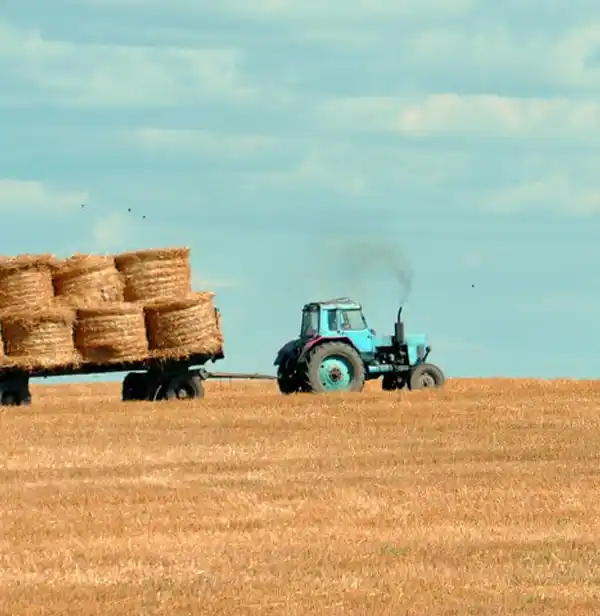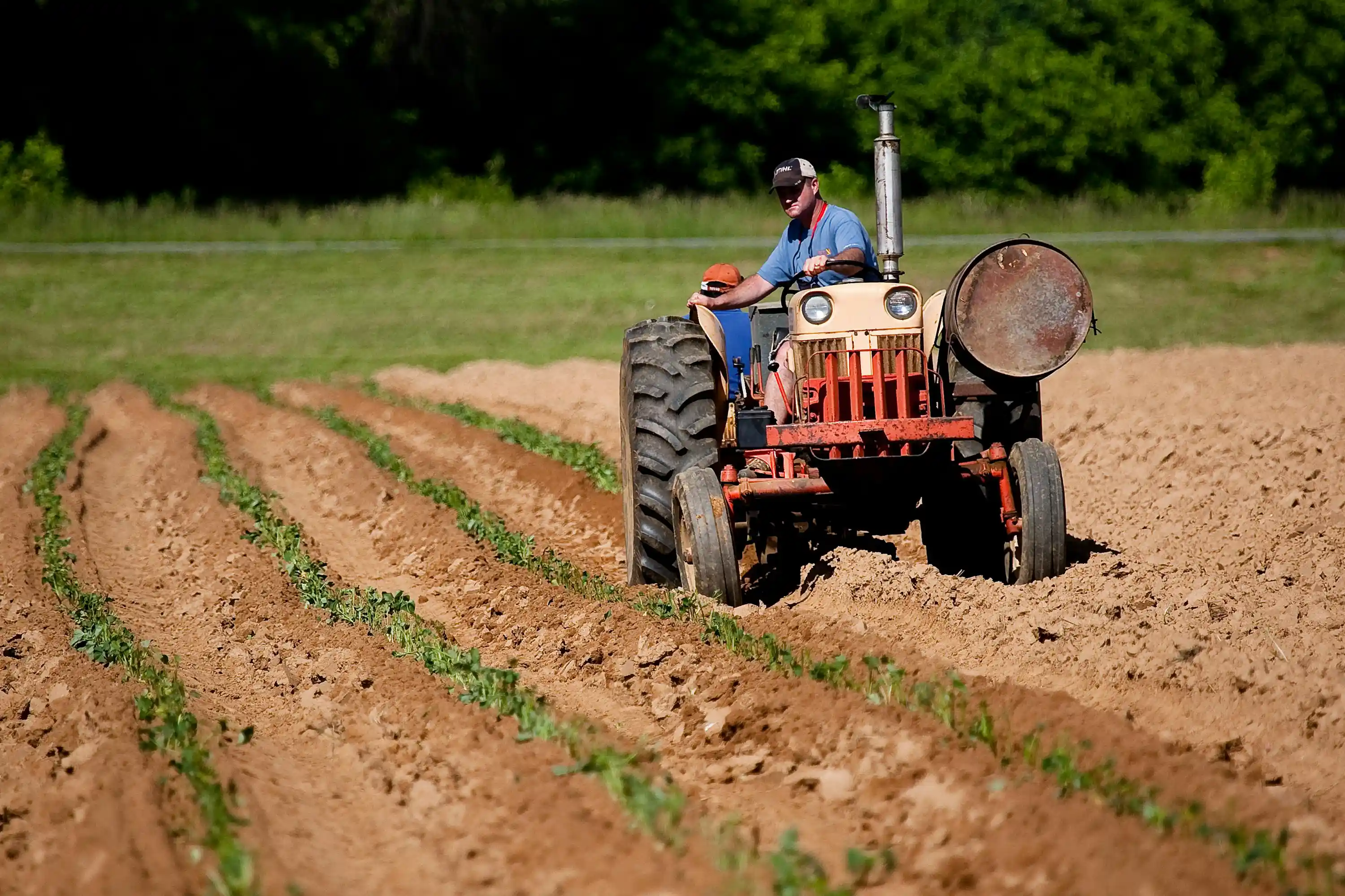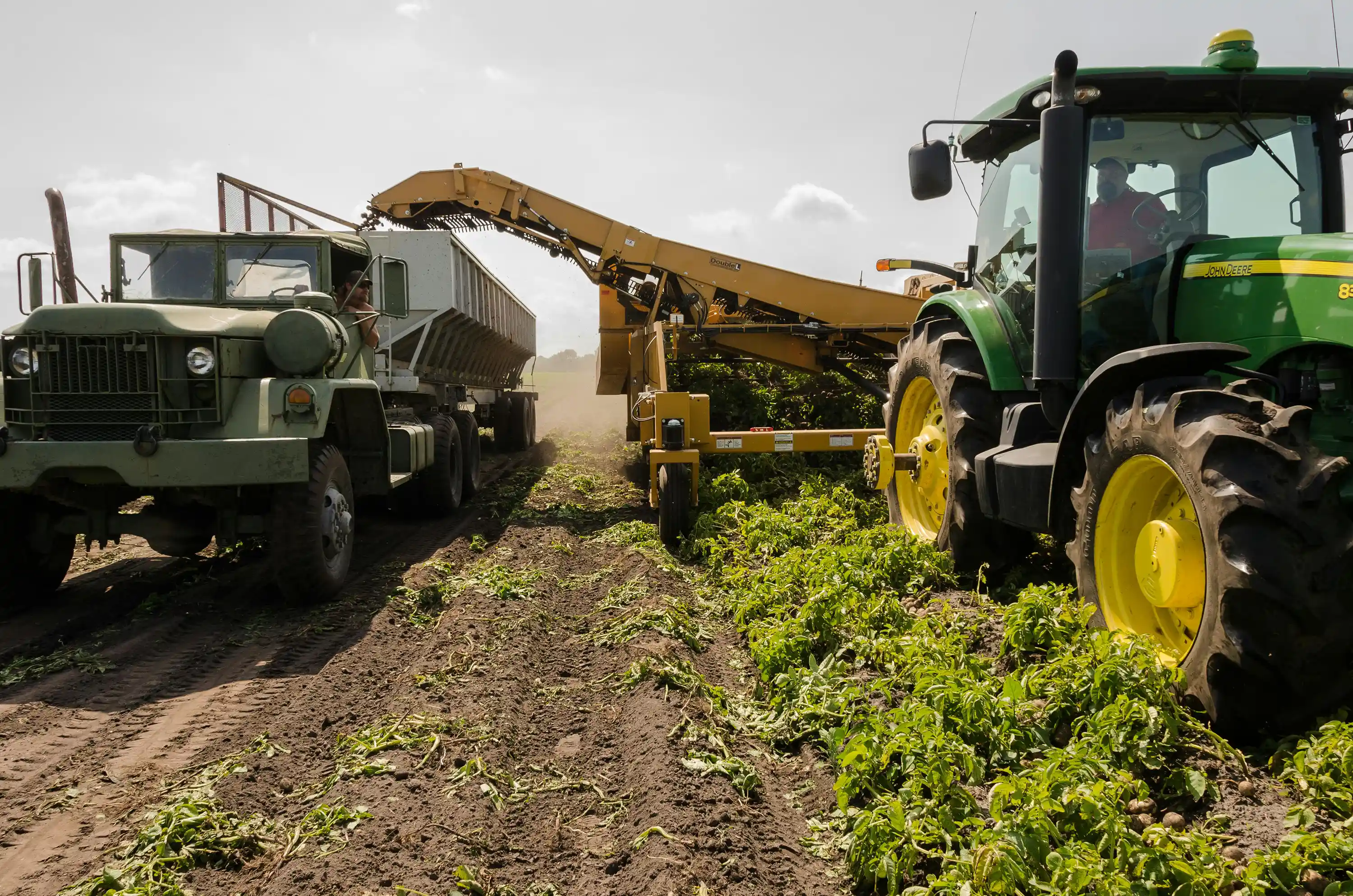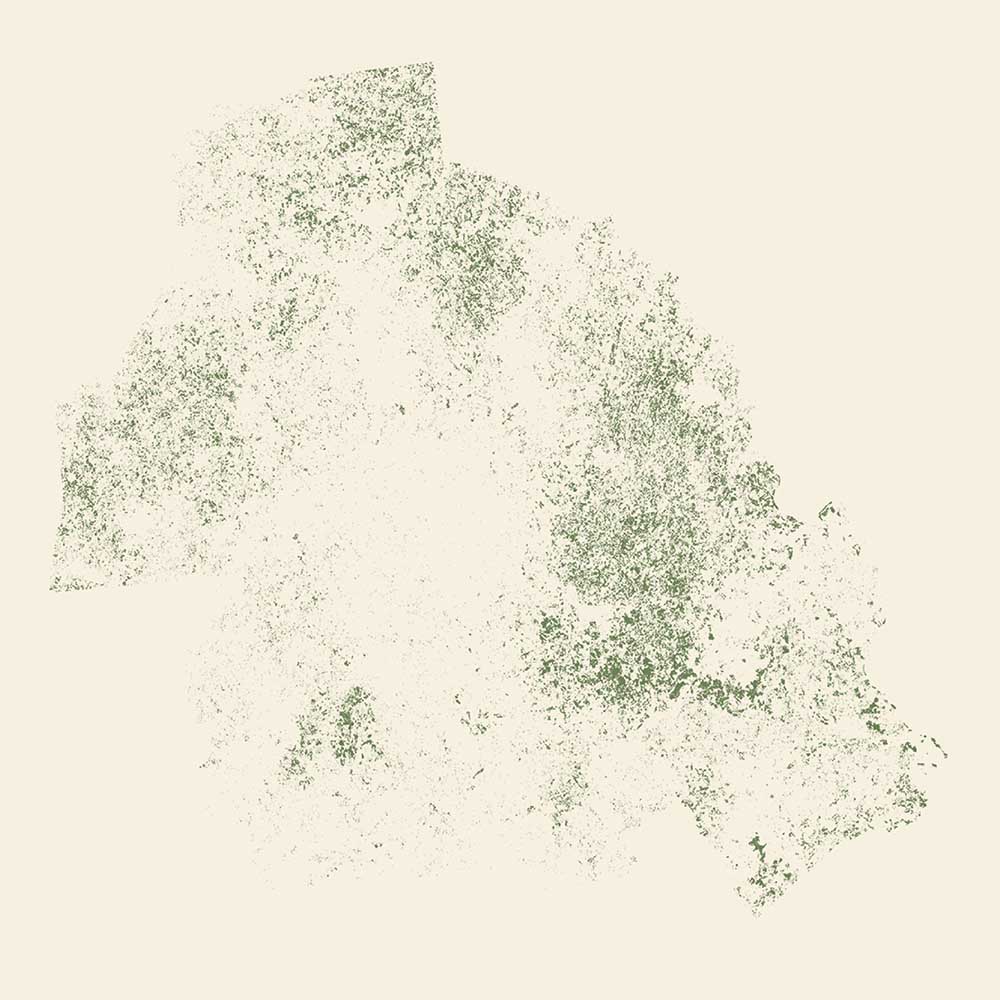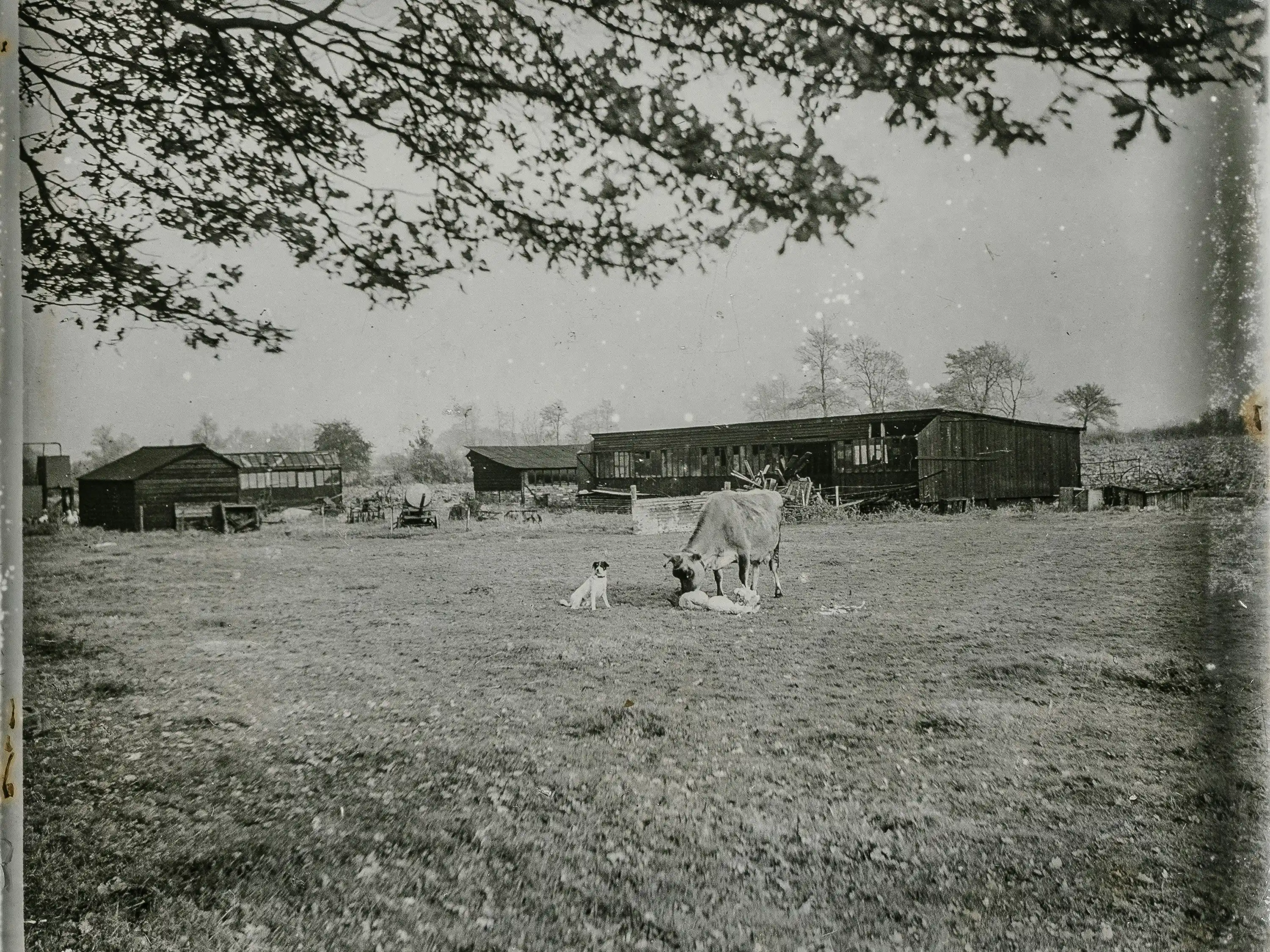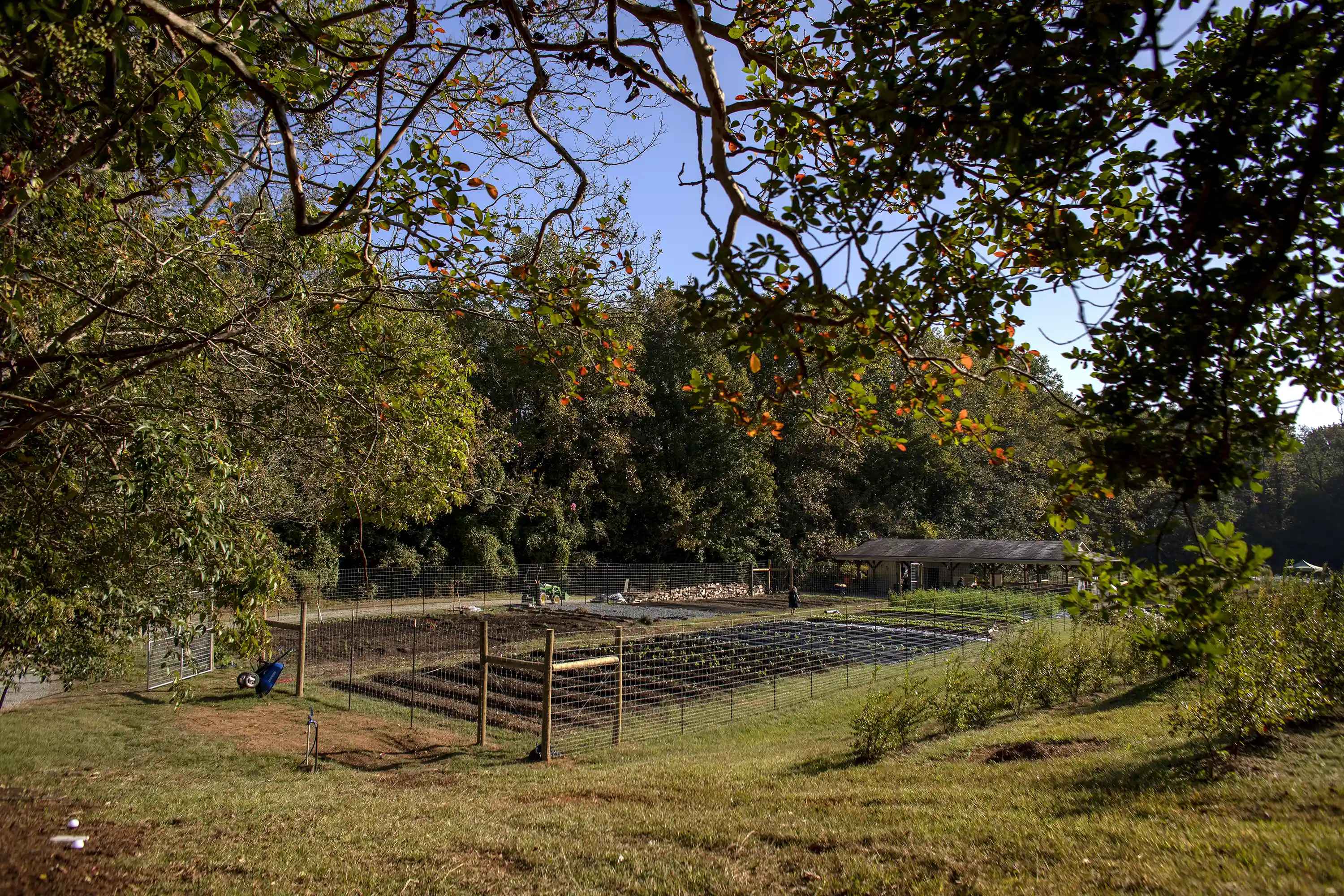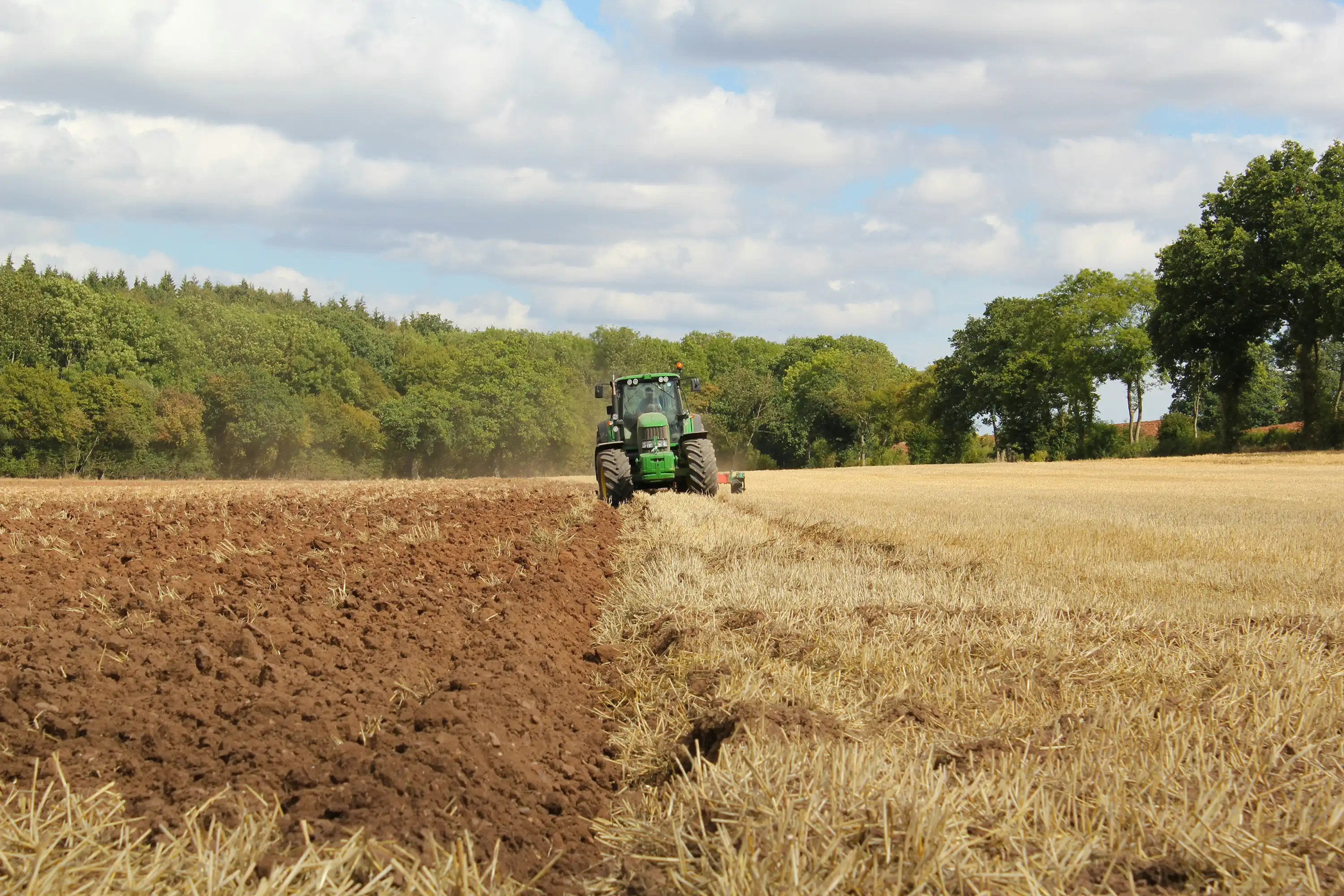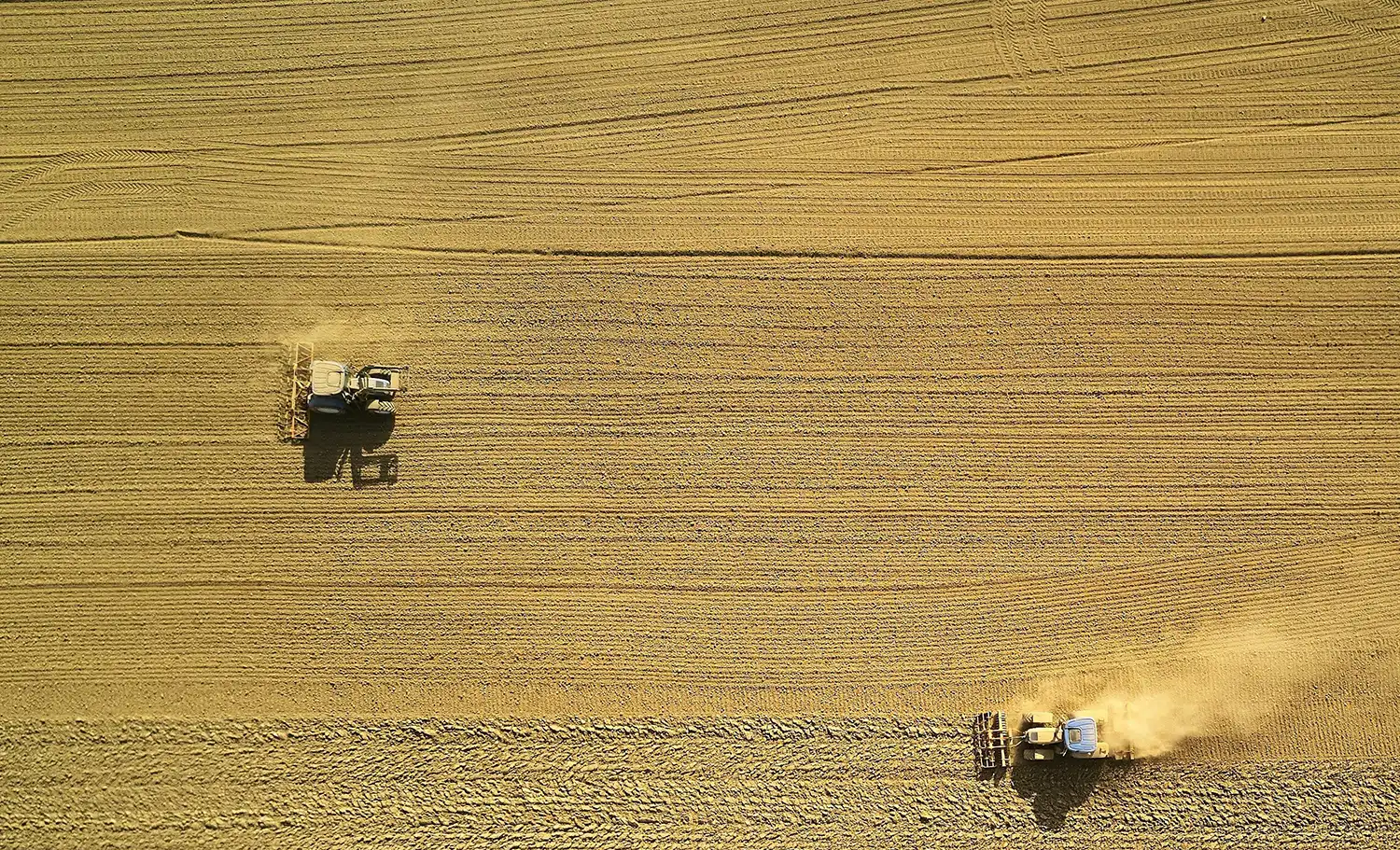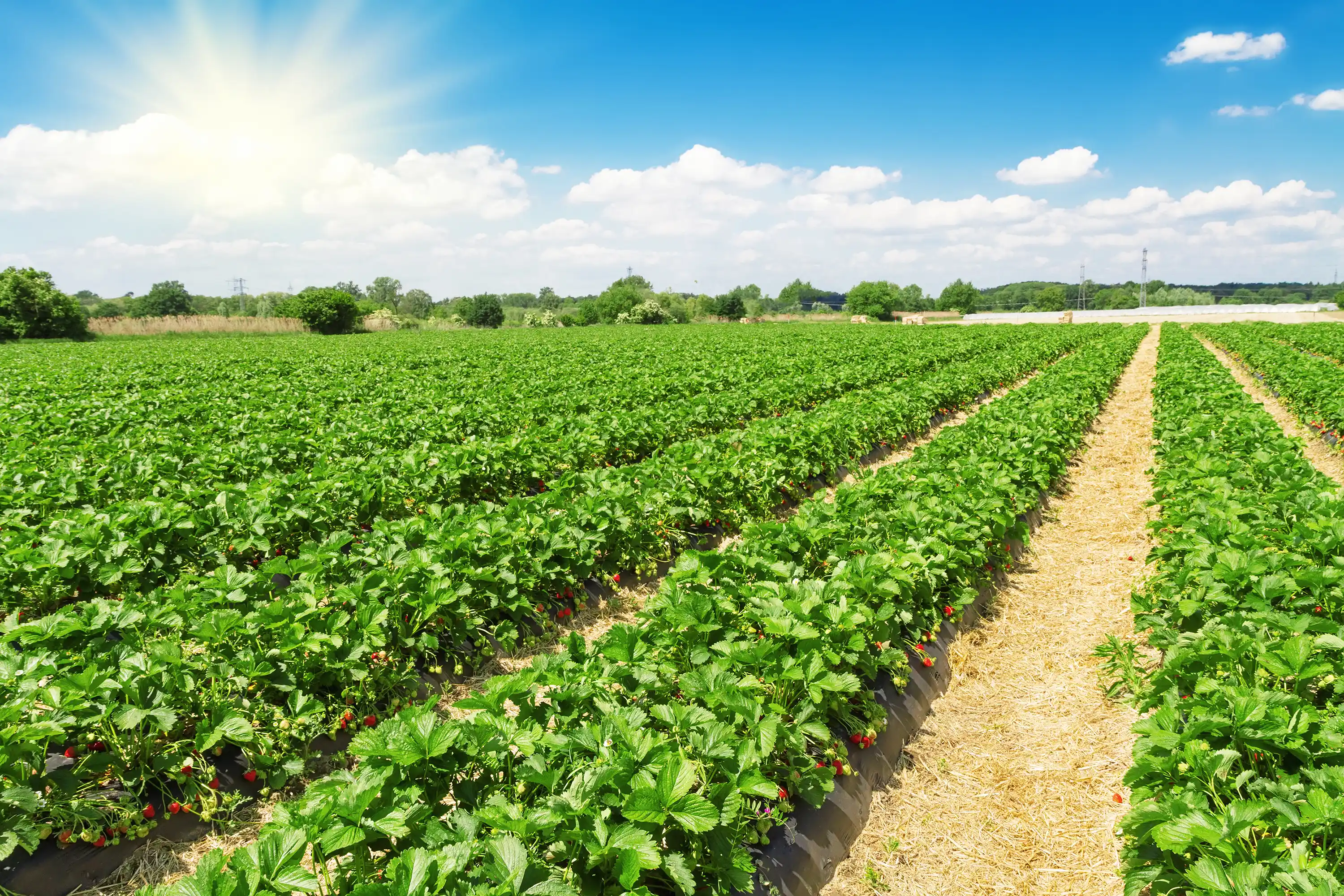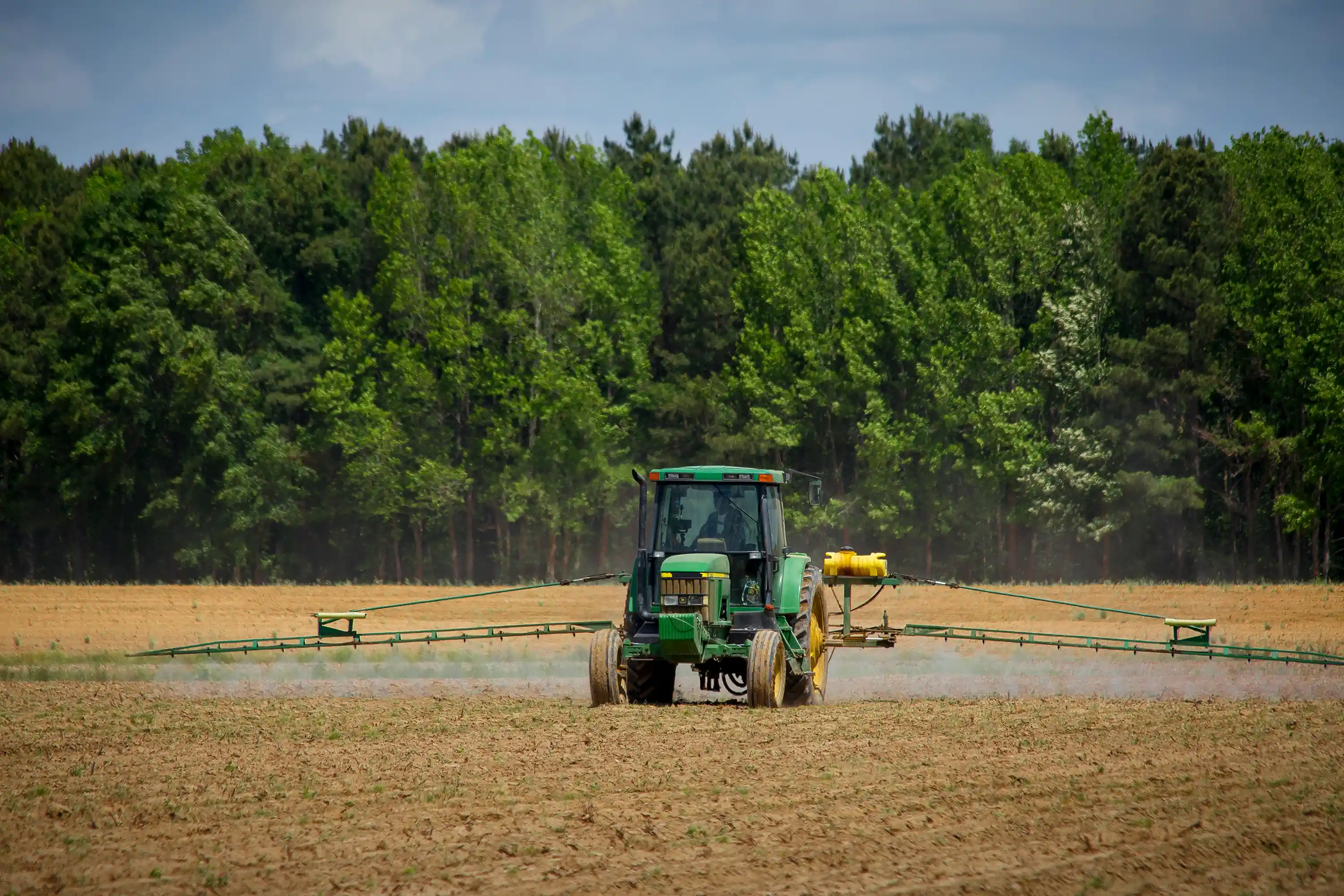Farming and race
Farm workers who are involved in decision-making on the farm are called "producers". They can be owners, family members of owners or hired farm managers. A look at the racial composition of producers gives us an important insight:
Even today, farming is not blind to race and remains a white-dominated profession. White people account for 43% of the population in the Charlotte Metro Area, but make up 95% of the region’s producers. At the same time, while 35% of CMA population is Black or African American, only 2% of producers identify as such.
The underrepresentation of Black and African American, Hispanic, Asian and American Indian communities in farming is not the only difference. White farmers were also found to own larger and more profitable farms than Black farmers.
Select a race to see its distribution on the map

Farming and gender
Farming is not blind to gender, neither. The profession was and remains male-dominated, due to a complex interplay of social, historical and cultural factors. Historically, it was only men who could inherit farm land, excluding women from land ownership. While this has changed, women are still underrepresented as producers in agriculture. Of all producers in the CMA, only 35% are female.



